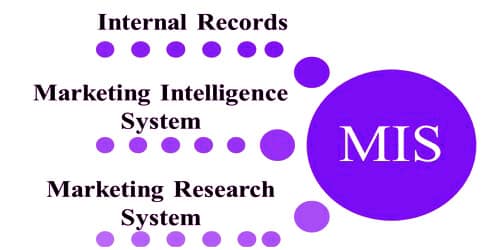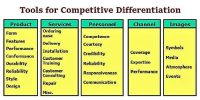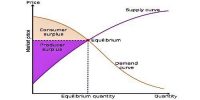Components of a modern Marketing Information System
The major responsibility for identifying significant marketplace changes falls to the company’s marketers. Marketers have two advantages for the task: disciplined methods for collecting information, and time spent interacting with customers and observing competitors and other outside groups. Some firms have marketing information systems that provide rich detail about buyer wants, preferences, and behavior.
(a) The Order-to-Payment Cycle
The heart of the internal records system is the order-to-payment cycle. Sales representatives, dealers, and customers send orders to the firm. The sales department prepares invoices, transmits copies to various departments, and back-orders out-of-stock items. Shipped items generate shipping and billing documents that go to various departments. Because customers favor firms that can promise timely delivery, companies need to perform these steps quickly and accurately. Many use the Internet and extranets to improve the speed, accuracy, and efficiency of the order-to-payment cycle.
(b) Sales Information Systems
Marketing managers need timely and accurate reports on current sales. It is a method supported by software and hardware to gather information from business and the environment. It helps managers in providing confirmation for the decisions taken by them. The marketing intelligence structure is a set of procedures and sources used by the managers to attain everyday information about the marketing environment. Wal-Mart operates a sales and inventory data warehouse that captures data on every item for every customer, every store, and every day and refreshes it every hour. Consider the experience of Panasonic.
(c) Database, Data, Warehousing, and Data Mining
Companies organize their information into a customer, product, and salesperson databases – and then combine their data. The customer database will contain every customer’s name, address, past transactions, and sometimes even demographics and psychographics (activities, interests, and opinions). Instead of sending a mass “carpet bombing” mailing of a new offer to every customer in its database, a company will rank its customers according to factors such as purchase recency, frequency, and monetary value (RFM) and send the offer to only the highest-scoring customers. Besides saving on mailing expenses, such manipulation of data can often achieve a double-digit response rate.
















